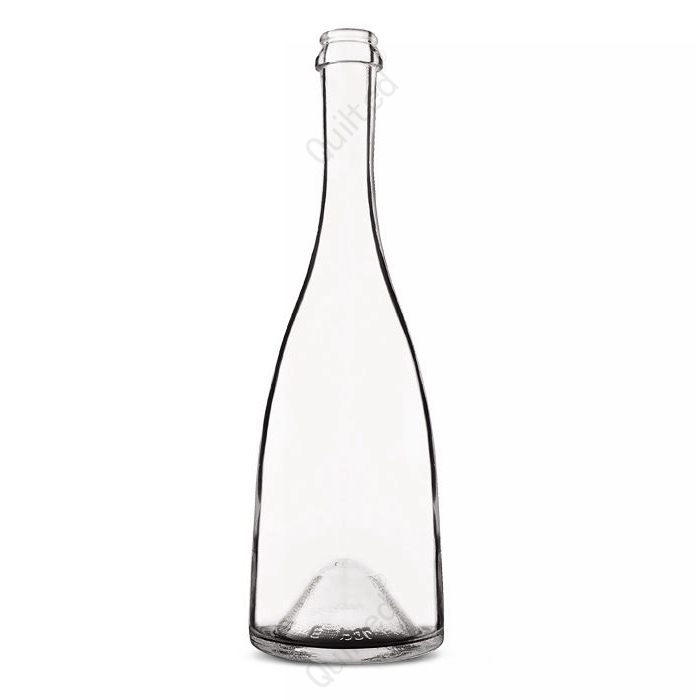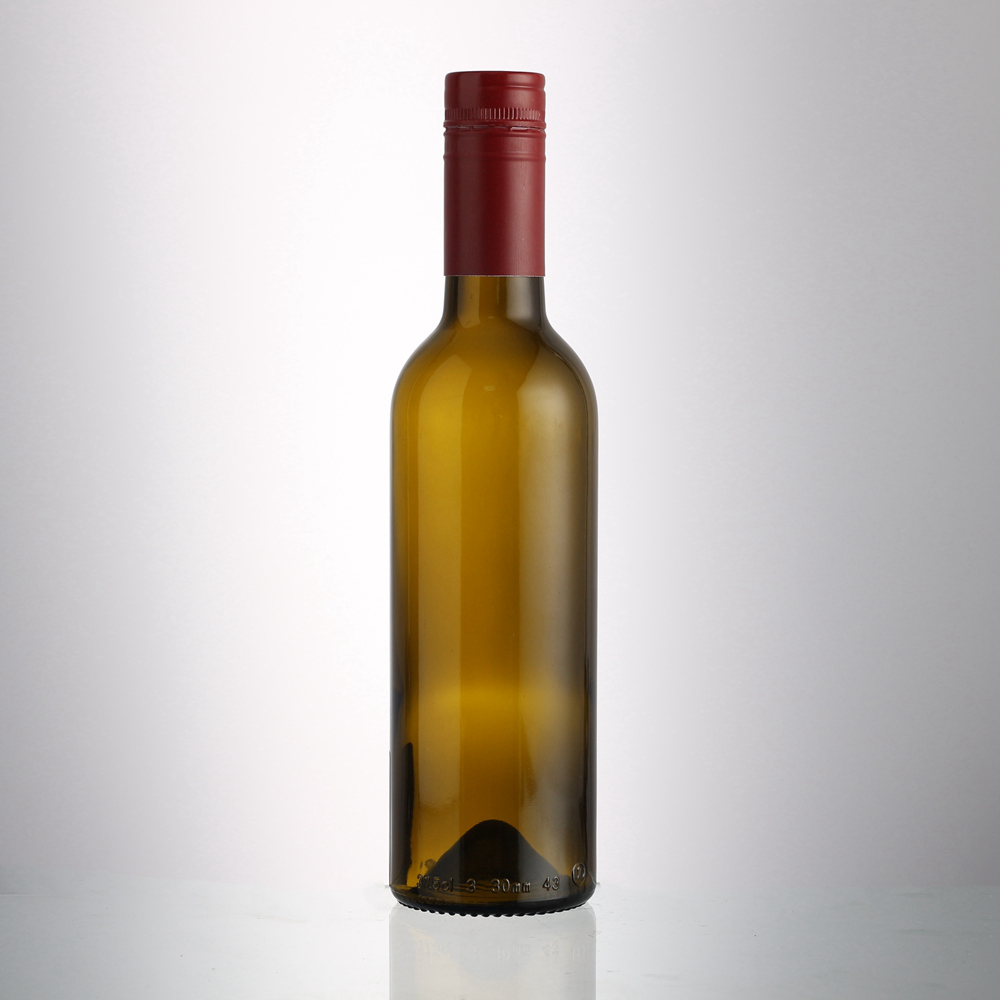The hollow or concave bottom of a glass bottle, commonly found in wine bottles such as champagne bottles, has a long history dating back to the 17th century. The earliest recorded use of glass bottles for wine was for champagne, and since then, the design of these bottles, especially the concave bottom, has evolved to serve multiple practical and aesthetic purposes. In this article, we will explore the various functions of the hollow bottom of a glass bottle in detail.
-
1. Improved Impact Resistance
One of the primary functions of the concave bottom is to improve the impact resistance of the bottle. A flat-bottomed bottle is generally more prone to damage when it is dropped or subjected to force. In contrast, a concave or hollow bottom increases the bottle’s strength by distributing the force more evenly when an impact occurs. This design ensures that the bottle can withstand minor bumps and accidental drops without shattering. Glass bottles, particularly those used for wine and champagne, are often made from thicker glass, and the concave shape enhances their ability to absorb impacts. This feature is particularly important during the handling, transportation, and storage of glass bottles, reducing the risk of breakage.
2. Increased Stability
The concave bottom also contributes to the bottle’s overall stability when placed upright. The base of the bottle is designed to have a uniform shape, which helps the bottle stand firmly on flat surfaces without tipping over easily. A flat bottom bottle, while stable in some cases, may not provide the same level of security when placed on uneven or sloped surfaces. The hollow bottom, however, creates a balanced weight distribution, enhancing the bottle’s stability. This feature is especially useful when bottles are displayed on store shelves or placed on dining tables, as it minimizes the chance of them falling over due to minor movements or vibrations.
3. Aesthetic and Perceived Value
The concave bottom of a glass bottle also serves an important aesthetic function. Bottles with concave bottoms often appear more elegant, substantial, and sophisticated than their flat-bottomed counterparts. The visual appeal of a bottle is a key factor in the consumer’s perception of its value, particularly in the wine and spirits industry. The concave shape, by creating a more substantial visual weight, can give the bottle a premium look. This is particularly relevant for high-end wines and champagnes, where packaging plays an important role in conveying quality. Consumers often associate bottles with concave bottoms with luxury and exclusivity, which can influence purchasing decisions.
Moreover, the concave bottom contributes to the overall design of the bottle, making it appear more refined and unique. Bottles with concave bottoms are typically more expensive to produce due to the additional manufacturing steps involved, and this contributes to their higher price point.
4. Ease of Handling and Pouring
The concave shape at the bottom of the bottle makes it easier to handle, especially when serving or rotating the bottle. This groove at the base provides a natural place for the thumb to rest, making it easier for the user to grip and control the bottle with one hand while using the other hand to pour the liquid. This feature is particularly useful when serving wine or champagne at a dinner table or event, as it provides better stability and control while pouring, ensuring that the liquid is dispensed smoothly.
Additionally, when it comes to champagne bottles, the concave bottom serves as an ergonomic design feature. The thumb can fit into the groove, allowing for a more comfortable and secure grip, especially when the bottle is cold and slippery. This feature makes it much easier for waitstaff or consumers to open and serve champagne in a controlled manner, reducing the risk of accidents or spills.
5. Sediment Collection and Aging Wines
Another crucial function of the concave bottom is its role in the aging and sediment collection of wines, particularly in red wines and champagne. As wine ages, it can develop sediment, which consists of tannins and other compounds that settle over time. The concave shape helps trap this sediment in the recess at the bottom of the bottle. This ensures that when the bottle is poured, the sediment remains at the base, allowing the wine to be served without the unwanted particles being disturbed and transferred into the glass.
For aged wines, particularly vintage champagnes, this sediment collection is important for maintaining the quality of the wine when serving. Without the concave bottom, the sediment could easily mix with the liquid, affecting the taste and appearance of the wine. The concave design allows for a cleaner, sediment-free pour, ensuring that the wine is served at its best. This is especially important for wines that are meant to be aged for long periods, as they are more likely to contain sediment.
6. Historical and Cultural Significance
The concave bottom of the glass bottle has a historical and cultural significance, especially in the context of champagne and other sparkling wines. In the 17th century, when champagne was first bottled, the concave bottom was introduced as a structural feature to withstand the pressure created by the fermentation of carbon dioxide inside the bottle. Champagne bottles need to be able to handle the internal pressure from the carbonation, and the concave base was an effective solution to reinforce the bottle’s structural integrity.
Moreover, the design of the concave bottom became a hallmark of quality for champagne producers. The punt or hollow bottom became synonymous with the traditional craftsmanship of champagne making, and it continues to be an important feature in premium champagne bottles today.
Conclusion
The hollow or concave bottom of a glass bottle serves multiple purposes that enhance both the functionality and aesthetic appeal of the bottle. From improving impact resistance and stability to facilitating better handling and serving, the concave bottom plays a vital role in the overall design and use of glass bottles, especially in the wine and champagne industries. Additionally, its ability to trap sediment and its historical significance further contribute to its importance. As a result, the concave bottom remains a defining feature of high-quality glass bottles, particularly for products that require careful handling and preservation, such as wine, champagne, and other fine spirits.
Post time: Oct-25-2024


